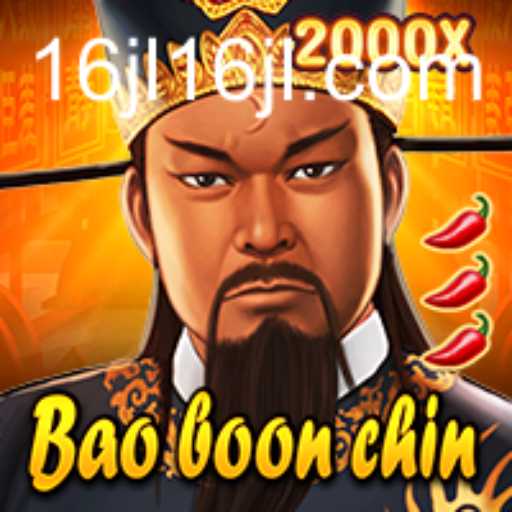Unveiling the Secrets of BaoBoonChin
The game of BaoBoonChin has been capturing the imagination of players for centuries. Known for its engaging gameplay and strategic depth, this ancient game has recently gained renewed interest in modern gaming communities, particularly with the emergence of the keyword 'jl16'. What makes BaoBoonChin so fascinating is its ability to transcend time and geography, weaving its way into the cultural fabric of societies far beyond its origins.
Introduction to BaoBoonChin
Originating from ancient traditions, BaoBoonChin is believed to have been passed down through generations as a game of strategy, skill, and mindfulness. While its exact origins are shrouded in mystery, many historians suggest its roots can be traced back to early civilizations where games served as both entertainment and education. The name BaoBoonChin itself evokes curiosity, echoing with the whispers of time and offering glimpses into the lives of those who played it long ago.
In recent developments, BaoBoonChin has resurfaced with a modern twist, attracting the attention of avid gamers and history enthusiasts alike. The keyword 'jl16' has become synonymous with this movement, pointing to the fusion of traditional gameplay with contemporary gaming trends. This resurgence has sparked discussions in online forums and social media, where players share strategies and insights on mastering this age-old game in today's fast-paced world.
The Game Mechanics
At the heart of BaoBoonChin lies a captivating gameplay experience that challenges the intellect and strategy of its players. The game is played on a board that is typically constructed from wood, with intricately carved designs reflecting the cultural heritage from which it derived. Each player starts with a set of pieces, traditionally shaped as small tokens or stones, representing various elements of nature.
The objective of BaoBoonChin is to move your pieces strategically across the board, capturing opponent pieces while advancing towards the center. The rules of the game emphasize strategic foresight and adaptability, requiring players to anticipate opponents' moves and devise counter-strategies in real-time. This dynamic and cerebral exercise makes BaoBoonChin a favorite among those who seek depth and complexity in their gaming experiences.
Rules and Strategies
The simplicity of BaoBoonChin's rules is deceptive, as mastering the game requires patience and practice. A typical game begins with players placing their pieces on designated starting positions. The turn-based nature allows players to move one piece at a time, aiming to outmaneuver their opponents. Capturing an opponent's piece involves surrounding it from two opposite directions, a tactic that adds layers of strategic consideration to each move.
Key strategies involve controlling the center of the board, a zone that provides greater flexibility and options for maneuvering. Players must also be vigilant, as one misstep can lead to an irreversible advantage for the opponent. The introduction of the keyword 'jl16' has brought new methodologies to the forefront, encouraging players to adapt to evolving strategies and varying styles of play that have emerged in recent years.
Modern Impacts and Cultural Significance
As BaoBoonChin reclaims its place in modern culture, its impact on communities and individuals continues to unfold. Current events demonstrate a growing appreciation for traditional games, as people seek connections with the past amid the digital revolution. BaoBoonChin serves as a testament to the timeless value of games as a medium for cultural exchange and learning.
The fusion of ancient techniques with digital platforms has also amplified BaoBoonChin's reach. Online gaming tournaments and digital adaptations have breathed new life into this historical game, making it accessible to a global audience. Game developers are exploring ways to integrate BaoBoonChin into virtual reality experiences, thereby creating immersive environments that honor its rich heritage while pushing boundaries.
In educational settings, BaoBoonChin is being used to foster critical thinking and cultural awareness. Educators are leveraging the game's strategic elements to teach students about historical contexts and the universal principles of strategy and competition. This educational potential has sparked collaborations between cultural institutions and gaming communities, further embedding BaoBoonChin into the narrative of global traditions.
Conclusion
The resurgence of BaoBoonChin in contemporary society reflects a broader trend towards embracing cultural heritage through innovative means. While the keyword 'jl16' may have sparked curiosity and ignited a wave of interest, it is the enduring appeal and strategic depth of BaoBoonChin that continues to captivate players. As modern gaming evolves, the timeless allure of this ancient game ensures its place in the ongoing narrative of human history.








